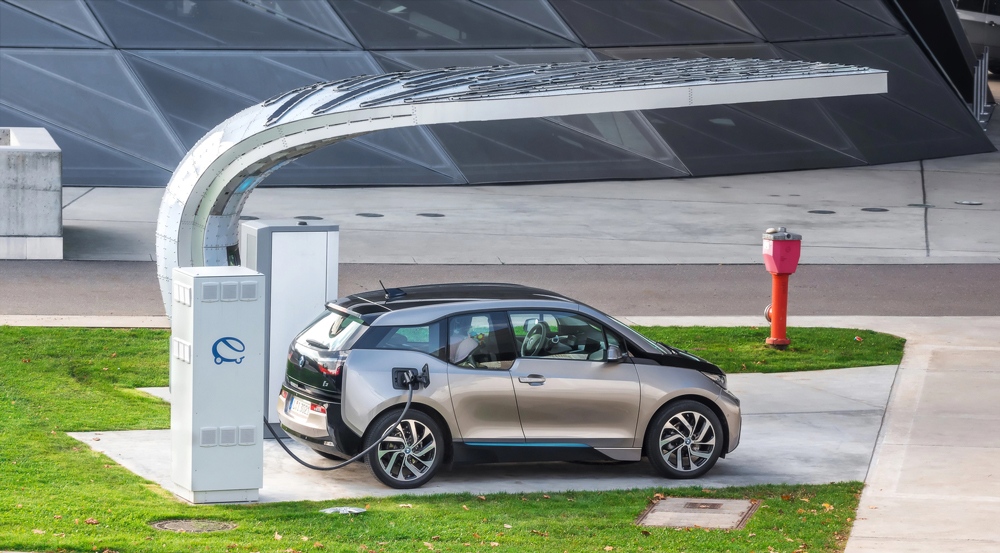Tesla, the electric vehicle (EV) pioneer, has hit the brakes on its ambitious plans to expand its Supercharger network. This decision comes after CEO Elon Musk laid off a significant portion of the team dedicated to developing and deploying these fast-charging stations.
This move has sparked concerns that Tesla might be abandoning the Supercharger network altogether. However, Musk maintains that Tesla remains committed to expanding the network, albeit at a slower pace. Their current focus seems to be on ensuring the existing stations are readily available and function reliably. This could involve measures like upgrading existing stations, increasing capacity at popular locations, and improving uptime through preventative maintenance.
Several factors might be behind Tesla’s strategic shift. Firstly, the company might be facing pressure to cut costs. Layoffs and a slower expansion plan could be a way to streamline operations and conserve resources. Secondly, the Biden administration’s pledge to invest heavily in building national EV charging infrastructure could be a game-changer. This government investment could lessen the burden on Tesla to single-handedly build out a comprehensive charging network. Finally, some analysts speculate that the economics of operating charging stations might be less lucrative than Tesla initially anticipated.
The long-term implications of this decision remain to be seen. Will a slower expansion hinder Tesla’s competitive edge in the EV market? Will the government-funded infrastructure be sufficient and meet Tesla’s charging standards? Only time will tell how this strategic shift impacts Tesla’s vision for a robust and ubiquitous Supercharger network.

